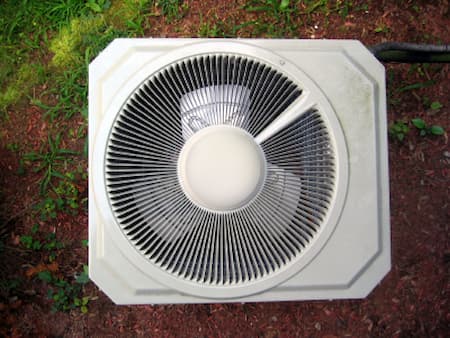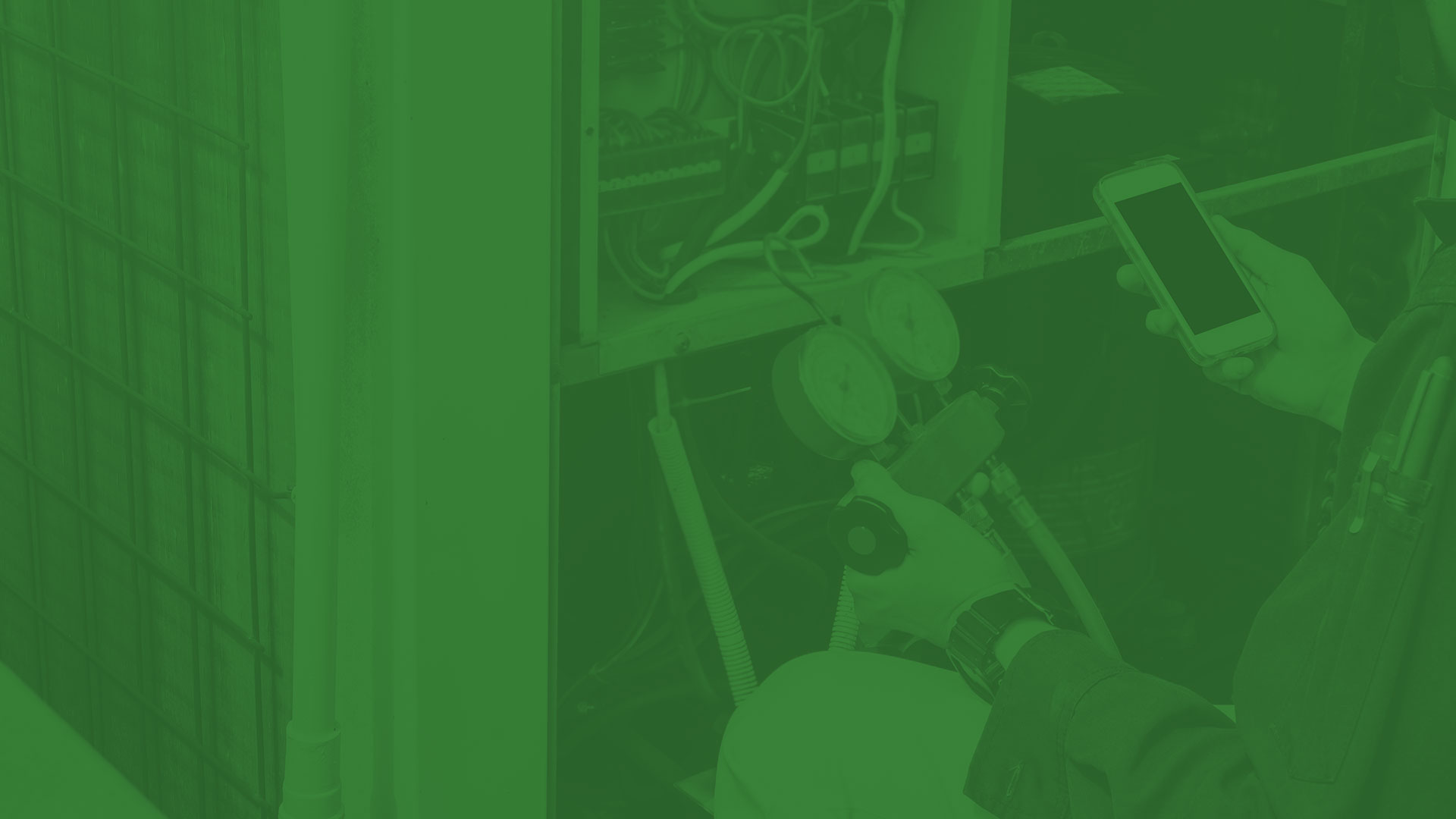Upstate South Carolina Air Conditioning Systems: How They Work

The primary function of a Upstate South Carolina air conditioning system is to produce excellent ventilation inside the building in which the heat is removed from a particular location to give a chilled air effect. The primary process is to draw the air circulation to the condenser containing refrigerant gas. The circulation process undergoes three stages, during which the evaporator carries secondary cooled refrigerant, which passes through to release ice-cold air into the area. Therefore, an air conditioning system can make the air indoors cold and release hot air outside. This is the primary function of the refrigerant. The Upstate South Carolina air conditioning system is composed of mechanical components which are the following: blower, chemical refrigerant, condenser, compressor, and evaporator coil.
The most commonly used Upstate South Carolina air conditioning systems are the ductless split AC systems, fixed unit type, and duct-type. The ducted air conditioner type can be installed in any home, whether old or new, as long as there is enough ceiling space. The two components comprising the ducted system are a compressor unit outside the building and an indoor unit inside the ceiling area. Air distribution passes through vents throughout the interior of the house. The air conditioning can be divided into two zones in different places. One zone can give heated air in other locations, such as the living room, and the other makes a cool zone in the bedrooms.
Fixed air conditioners are traditionally mounted on the wall or windows in each room. Multiple units are usually installed individually according to their size and the area to be cooled. The split air conditioning system comprises two sections connected to refrigerant piping, one located inside and the other outside the home. There are portable air conditioning systems with indoor and outdoor segments connected to a hose through an open outlet or window. The good thing is that it can be transferred from one room to another as needed.
The split system can be mounted on the wall or on the floor. This is usually done when wall mounting is not possible. The advantage of the split system is that it can be made available in reverse cycle or for cooling purposes only with a power range from 2kW to 8kW. Small and medium areas can be installed with 2kW-5kW air conditioners, while the larger areas could use the 5kW-kW power range.
The thermostat controls the compressor. The compressor acts as the "heart" as it pumps to let the refrigerant flow into the system, drawing in low-pressure and low-temperature. When the gas is compressed, the refrigerants' temperature and pressure are raised, and the mixture automatically flows into the condenser coil. The most relevant task in maintaining the excellent performance of an air conditioning system is to keep the air conditioner filters clean. Dirty filters will block the normal airflow caused by clogged dirt, thus reducing the system's efficiency. Air filters should be replaced regularly to avoid future problems.
